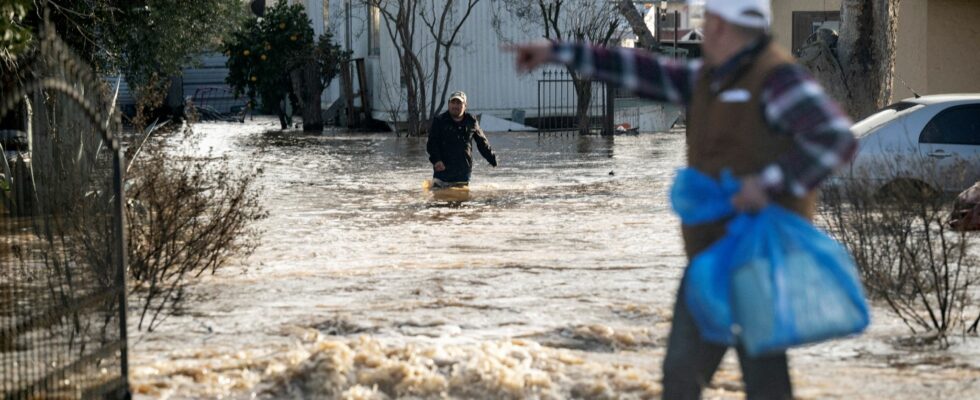Will our summers and winters suffer an additional heat stroke in 2023 and 2024? The question agitates the small world of climatologists. Of the two major climatic phenomena that influence temperatures on a global scale, La Niña is the one that tends to cool the planet. But it loses power after three years of activity, warned the World Meteorological Organization in early March (WMO), and should give way to its “warm” equivalent, El Niño.
The precise date of his return is still debated. According to the WMO, there is a little more than a one in two chance of seeing the effects between June and August. “We are in a period where it is very difficult to predict its evolution. It is possible that it will come back after the summer, but I will not bet my hand on it for the moment”, indicates Jérôme Vialard, director research at the Institute for Research and Development (IRD).
Despite these inaccuracies, the imminent reappearance of the phenomenon is beyond doubt. “It’s a natural cycle with always the same seasonality: we go from La Niña to El Niño, then to La Niña, etc. The neutral conditions between the two can last a few months”, explains Paloma Trascasa Castro, doctoral student in environmental sciences. climate (Barcelona Supercomputing Center and University of Leeds).
The monitoring carried out by the WMO, even uncertain, is important for the countries most sensitive to these climatic oscillations. Because El Niño, which lasts between 9 and 12 months and is characterized by the warming of the surface waters of the equatorial Pacific combined with variations in the atmosphere, carries its share of consequences. In Australia, Southern Africa and Southeast Asia, droughts tend to become more severe; on the contrary, heavy rains can fall on the western United States, East Africa and South America.
“The frequency of intense El Niño could increase”
And in Europe? “The effects turn out to be much weaker,” tempers the IRD researcher. Other natural climatic phenomena compete and largely attenuate its influence in our latitudes. “In the event of a very strong El Niño, we tend to observe rotten summers, very rainy at home”, advances the climatologist cautiously. The effects would, on the other hand, be more visible in winter, at the time of its peak, between December and February – hence its name, “the child” in Spanish, a reference to Jesus, resulting from the experience of Peruvian sinners. having observed the peak of this phenomenon at Christmas. “We would note in southern Europe a milder winter, with more precipitation, details Paloma Trascasa Castro. Especially in Spain, in the Mediterranean region and the south of France. In northern Europe, it would be colder and drier. But the impacts can change a lot from one El Niño to another.”
Specialists cannot yet accurately predict its intensity. But the WMO is already warning: “There is an increased likelihood of seeing the hottest year on record.” If, in the words of Jérôme Vialard, La Niña is considered “a planetary air conditioner”, El Niño acts the opposite. “The temperature of the surface of the planet increases in those years”, confirms Eric Guilyardi, research director at the CNRS and specialist in the phenomenon. 2016 was a good example.
Problem: this effect is superimposed on global warming. The latter has also made the “cooling” effect of La Niña much less visible over the past eight years, which remain among the hottest on record. “Natural climate variability no longer really ‘camouflages’ global warming, because it is happening faster than we thought,” agrees Paloma Trascasa Castro. The doctoral student therefore believes that it would be possible to “temporarily” exceed, in 2024, the famous threshold of 1.5°C compared to the pre-industrial era. “Unlikely”, judge for his part Jérôme Vialard: “In 2020, a so-called neutral year, we were at around 1.2°C, and the effect of an El Niño on the average temperature of the planet is l of 0.1 to 0.2°C.” But this does not prevent the objectives defined in the Paris Agreement in 2015 from being considered out of reach by part of the scientific community, given the trajectory of our CO2 emissions.
In the long term, climatologists are also wondering about the possible influences of global warming on the phenomenon itself. “The frequency of intense El Niño [NDLR : comme ceux de 1997-1998 ou 2015-2016] could increase”, cautiously states Eric Guilyardi. But research has yet to confirm this.
